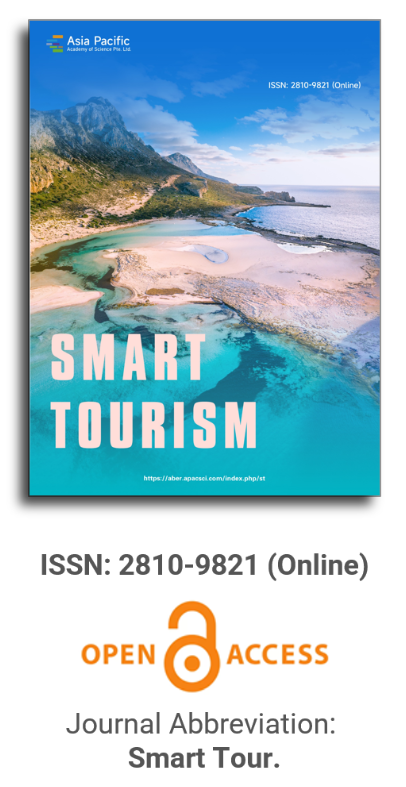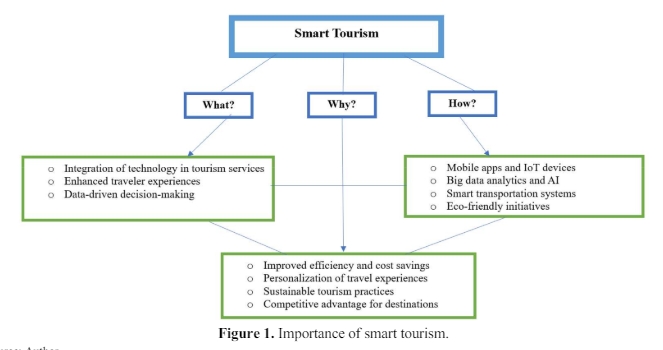


Development of mobile application prototype for smart tourism based on user-centered design
Vol 2, Issue 2, 2021
Download PDF
Abstract
In this paper, the implementation of ISO 9241-210:2010 (Human Centred Design for Interactive Systems) standard for the development of a mobile application is presented in order to strengthen the user experience when using the mobile application in situ. Following the phases that the standard dictates for the development and evaluation of software and hardware in order to obtain a working prototype, and at the end of the process a product. The implementation of the standard allowed to generate an initial prototype validated by real users (tourists), so that, for future work will be carried out using artificial intelligence (AI) techniques and data analysis, these same, will complement this work, resulting in a fully validated and functional application for Smart Tourism. It should be noted that the purpose is to use User-Centered Design (UCD), thus achieving a high-fidelity prototype.
Keywords
References
- Xatakandroid. El Big Data se ha convertido en un pilar clave para el desarrollo de apps (Spanish) [Big Data has become a key pillar for app development] [Internet]. 2017 Nov 1 [cited 2018 Jan 30]. Available from: https://www.xatakandroid.com/n/el-big-data-se-ha-convertido-en-un-pilar-clave-para-el-desarrollo-de-apps.
- Muñoz ALA, Sánchez SG. Destinos turísticos inteligentes (Spanish) [Smart tourism destinations]. Harvard Deusto Business Review 2013; 10.
- Calle JV. Big Data revolution in tourism: Analysis of new data sources for knowledge creation in Spanish World Heritage Destinations. International Journal of Information Systems and Tourism (IJIST) 2017; 2(2).
- ISO. Ergonomics of human-system interaction - Part 210: Human-centred design for interactive systems (ISO 9241-210:2019). Switzerland: ISO; 2019.
- Lowdermilk T. User-centered design: A developer's guide to building user-friendly applications. Sebastopol: O’Reilly Media, Inc.; 2013.
- UARC. Usability/accessibility research and consulting [Internet]. 2016 Feb 18. Available from: http://usability.msu.edu/about/philosophy.
- Arcila C, Ortega F, Jimenez J, et al. Supervised analysis of political sentiment in Espanol: Real-time classification of tweets based on machine learning. The Information Professional 2017; 26(5): 973–982.
- Ghani T, Jahan N, Ridoy SH, et al. Amar Bangladesh-A machine learning based smart tourist guidance system. 2018 2nd International Conference on Electronics, Materials Engineering & Nano-Technology (IEMENTech); 2018 May 4-5; Science City, Kolkata. New York: IEEE; 2018.
- Baesens B. Analytics in a big data world. Hoboken, New Jersey: John Wiley and Sons, Inc.; 2014.
- Luna Garcia H. Diseño centrado en el usuario (Spanish) [User-centered design]. Human Machine Interface. Universidad Autónoma de Zacatecas 2018.
- Balsamiq. Mockups 3 application overview [Internet]. 2018 Nov 23. Available from: https://docs.balsamiq.com/desktop/overview/
- Cortés AF. Recopilación de Métodos de Usabilidad (Spanish) [Compilation of usability methods]. Zaragoza: Universidad de Zaragoza; 2019.
- Justinmind. Free wireframing tool [Internet]. 2019 Jan 23. Available from: https://www.justinmind.com/free-wireframing-too
Supporting Agencies
Copyright (c) 2021 Luis C. Reveles-Gómez, Huizilopoztli Luna-García, José M. Celaya-Padilla, Hamurabi Gamboa-Rosales, Jorge I. Galván-Tejada, Carlos E. Galván-Tejada, José G. Arceo-Olague, Valeria Maeda-Gutiérrez, Joyce S. A. Lozano-Aguilar
License URL: https://creativecommons.org/licenses/by/4.0

This site is licensed under a Creative Commons Attribution 4.0 International License (CC BY 4.0).

Prof. Hung-Che Wu
Nanfang College, Guangzhou
China
Indexing & Archiving
Asia Pacific Academy of Science Pte. Ltd. (APACSCI) specializes in international journal publishing. APACSCI adopts the open access publishing model and provides an important communication bridge for academic groups whose interest fields include engineering, technology, medicine, computer, mathematics, agriculture and forestry, and environment.



.jpg)
.jpg)

.jpg)

